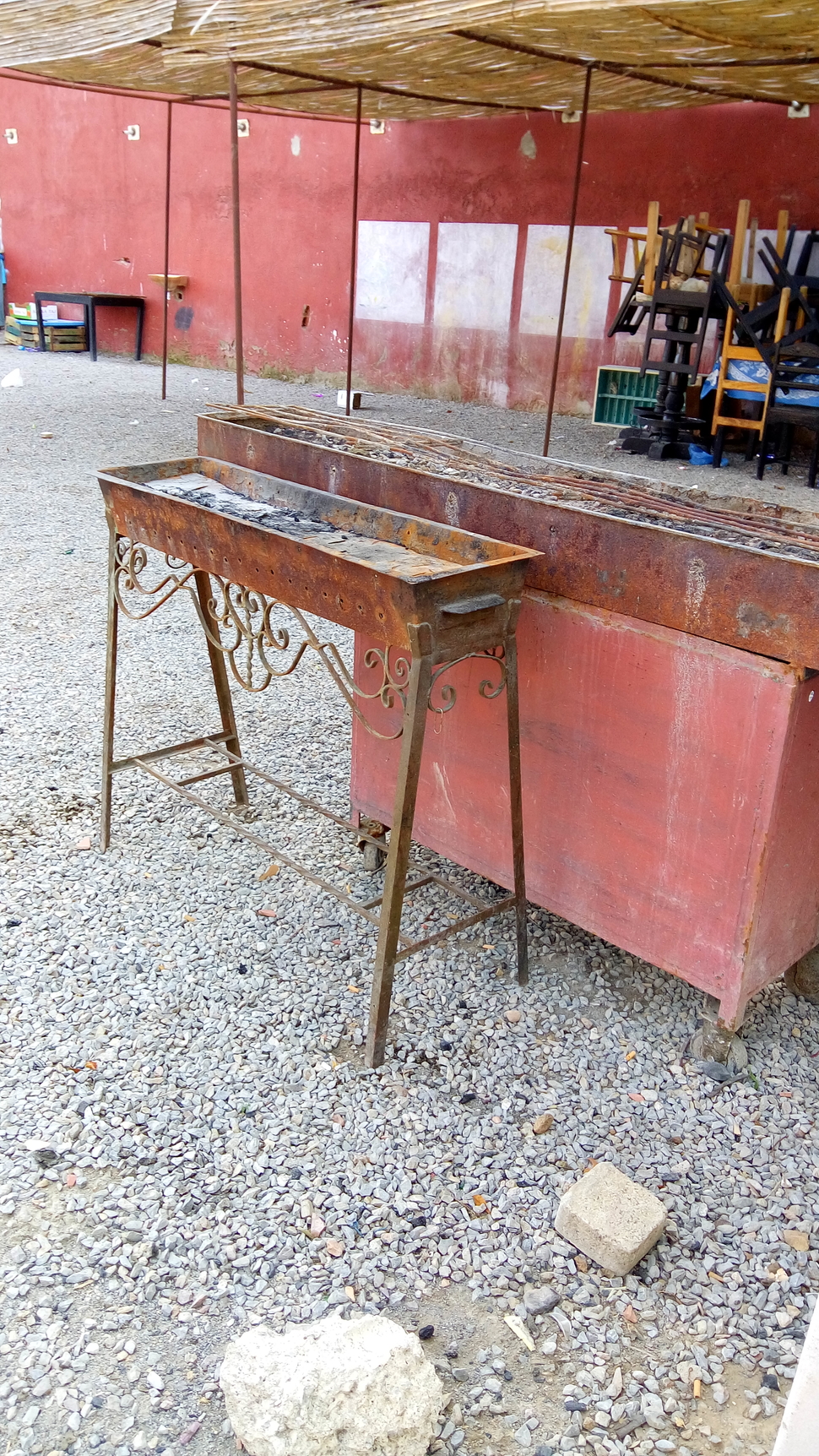First of all, we can conclude that the heat input from the sun is not enough to compensate the heat loss. Thus, this aspect should be further improved to maintain a required temperature for cooking. In the next alineas calculations are made on how long food can stay warm enough for cooking, considering the current prototypes. As the heat input from the sun was very low, only the heat loss is considered.
Important for the functioning of the Fortune Cooker is the required temperature at which food can be prepared. Stews are made between temperatures of 80 to 100 degrees (Dezaakvolsmaak.nl, 2016 and Passie.horeca.nl, 2016) and takes around 2 hours to complete for beef, 1 hour for a chicken and half an hour for a leg of lamb (Bader.keurslager.nl, 2016). To be able to cook all kinds of meat, the Fortune Cooker should be able to stay above 80 degrees for two hours.
As we measured the heat loss by using normal thermometers, that do not exceed 70 degrees, we measured the time that is needed for the water to cool down from 100 to 70 degrees (at 70 degrees the thermometer shows a number again). Unfortunately, this means we are unable to measure the difference in temperature over time, which could tell us whether the water cools down faster in the beginning than in the end. Although we cannot draw firm conclusions on it, we can calculate the amount of heat loss at 100 degrees with the following formula:
Heat loss = constant * (T inside – T outside). The heat loss is around 42 Watts (derived from the tests), while the water temperature decreased from 100 to 70 (69,5) degrees. This means the average temperature over the measurement time is 85 degrees. Assuming the outside temperature was around 20 degrees. The value of the constant is: Heat loss / (T inside – T outside) = 0,65 W/°C
At 100 degrees, the heat loss is 0,65 * (100-20) = 52 Watt
With this formula and the formula used before (c × V × ΔT/ t), we can calculate approximately how long it will take before the water is cooled down to 80 degrees.
The heat loss at 100 degrees is 52 Watt.
The heat loss at 80 degrees is 39 Watt.
The average heat loss over the time span from 100 to 80 degrees is therefore 45,5 Watt.
t = c × V × dT / Watt
Assuming a normal household will consume 4 litres stew (using a 5 litres pan), the time is:
= 4200 × 4 × 20 / 45,5 = ± 7385 seconds = ± 2 hours and 3 minutes.
This is almost long enough. However, when the volume is halved, the time is also halved. Thus the Fortune Cooker at this moment suits best with big households that prepare a large volume of food. To be able to be used by different sizes of households, the Fortune Cooker should be improved on its technical abilities.
Also, as the loss of warmth is not compensated, it is not possible to cook something with a constant temperature, which could influence the quality of the food (for example, the flavour) in a negative way. However, cooking on wood causes an inconsistent temperature as well. Hence, people cooking on wood are the target group, therefore the inconsistent temperature of the fortune Cooker should not be a problem.
In general, the compensation of the loss of heat should be improved to both ensure the product is technically able to be cooked meat with, as well as be able to satisfy the user. At this moment no firm conclusions can be drawn whether it is a problem for the target group if the Fortune Cooker does not function well with amounts of food smaller than 4 litres.
We think the most room for improvements to compensate the loss of heat lies in the heat input. For example, by improving the concentration of sunlight into the pan. Concerning the heat output, one could make the box more air-tight. Also a better insulating material could be used. Even though all these improvements could enhance the technical functionality and usability of the product, they could also drive up the price, and therefore make it less suitable for the target group. This should be taken into account when continuing the design process.
Discussion
Temperature sensors may not have been reliable. Thus outcomes can differ. For more significant results on the technical properties of the Fortune Cooker, the technical research should be carried out more intensively. This can be done in the Netherlands, where more (precise) measurement equipment is available.
